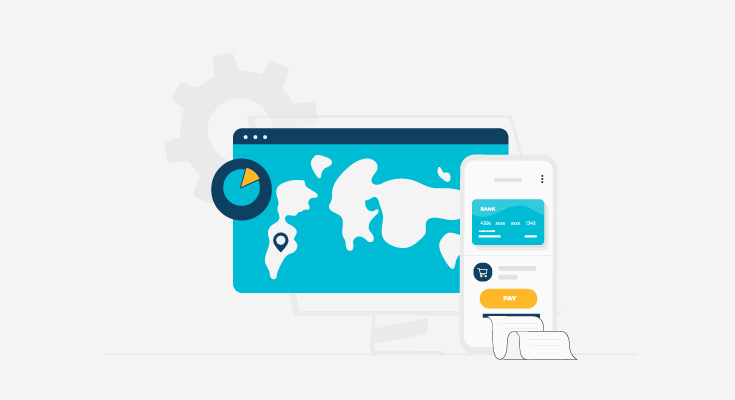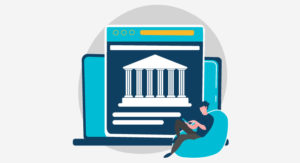Open Banking: Global Developments, Current Landscape, and Future

If there’s one core element that can be credited for the surge of digital transformation in the financial industry, it’s the global COVID-19 pandemic. It’s more than clear that banks, credit unions, payment providers, and other financial service providers are looking to take advantage of technologies to gain an upper hand against their counterparts. The adaptation of Open Banking has also seen an upward curve in the last couple of years. According to industry experts, the total number of Open Banking users globally will reach 64 million by 2024.
While there’s obviously a global development of Open Banking in the industry, it’s still the beginning. If careful measures are taken, Open Banking can take the financial situation to a whole new level for businesses and customers.
Revolution of Open Banking
The gist of Open finance is that it provides customers with complete control over financial data which in turn can change the financial habits of millions of users regarding money and savings.
In the future, third-party service providers, by gaining customers’ consent, will be able to access mortgage data, investment data, insurance, savings, and pension data. Data is the core element in Open Banking and Open Finance. By leveraging this crucial customer data, existing companies of the future will be able to tailor financial services based on customer needs and interests.
With access to seemingly endless data about customers’ financial lives and habits, there will be no end to personalized services and products. With every FinTech, Bank, and other financial institution trying to build custom products and services, there will be a surge in innovation throughout the financial industry. Ultimately encouraging businesses to leverage the latest tools and technologies as much as possible to stay relevant in the industry while ensuring the best products and services for existing and potential customers.
Collaborations for a Better Open Finance
Countless businesses across the globe have their own unique take on Open Finance and their own ideas on how to utilize the data to build better products and services for the customer. To help the Open Banking revolution take a better turn, companies across the world need to move ahead with a centralized approach. Without proper frameworks or the incentives to work on Open Finance, it’s less than likely that the industry will be able to utilize the full benefits of open finance.
There needs to be an untied sense of urgency for open banking to take center stage in the financial industry. FinTechs all over the globe are focused on developing Open Banking APIs that banks can collaborate with to enhance day-to-day workflow. Open Banking APIs like online document verification APIs, online proof of address verification APIs, and online bank account verification APIs can streamline the KYC, KYB, and AML workflows.
Regulatory bodies will need to be more vigilant as open banking becomes more prevalent in the financial industry. With so much customer data open to access, there will be a need to build strong rules and regulations. If we talk about the situation of open banking in the USA, then President Joe Biden has issued a series of customer-friendly executive orders that are primarily focused on ensuring that the US banking system can transition to open banking as seamlessly as possible.
Australia’s consumer data right offers Australians the right to access all their financial, utility, and telecom data. While it’s true that the open-by-default approach has taken more time to implement than expected, the country is now well on its way to building a strong and secure open banking infrastructure. Another example of the Open Banking revolution is in Canada, similar to Australia, they’ve built a similar plan of action, and they’re expected to roll out their open banking infrastructure by 2023.
To successfully deliver open banking to consumers on a large scale, there will be a need for collaboration between banks and the government. As the main regulator for most of the firms that would work on the open banking landscape, the regulatory bodies will have to set forth some key rules and regulations. To successfully deliver innovative open banking products and services to the customers, the Bank-FinTech collaboration will be essential. The primary example of this is Open Banking APIs offered by FinTechs globally that can enhance the day-to-day of banks.
What’s Next for Open Banking?
The next step for global open banking is straightforward, it has to be based on a centralized, to down approach. There have been some great initial steps from regulatory bodies and government entities, but there needs to be a centralized approach to building a proper Open Banking infrastructure. Only then will companies be able to leave traditional banking behind and transition to open banking? Needless to say, open banking and digital transformation are well on their way, the result is just about time.













